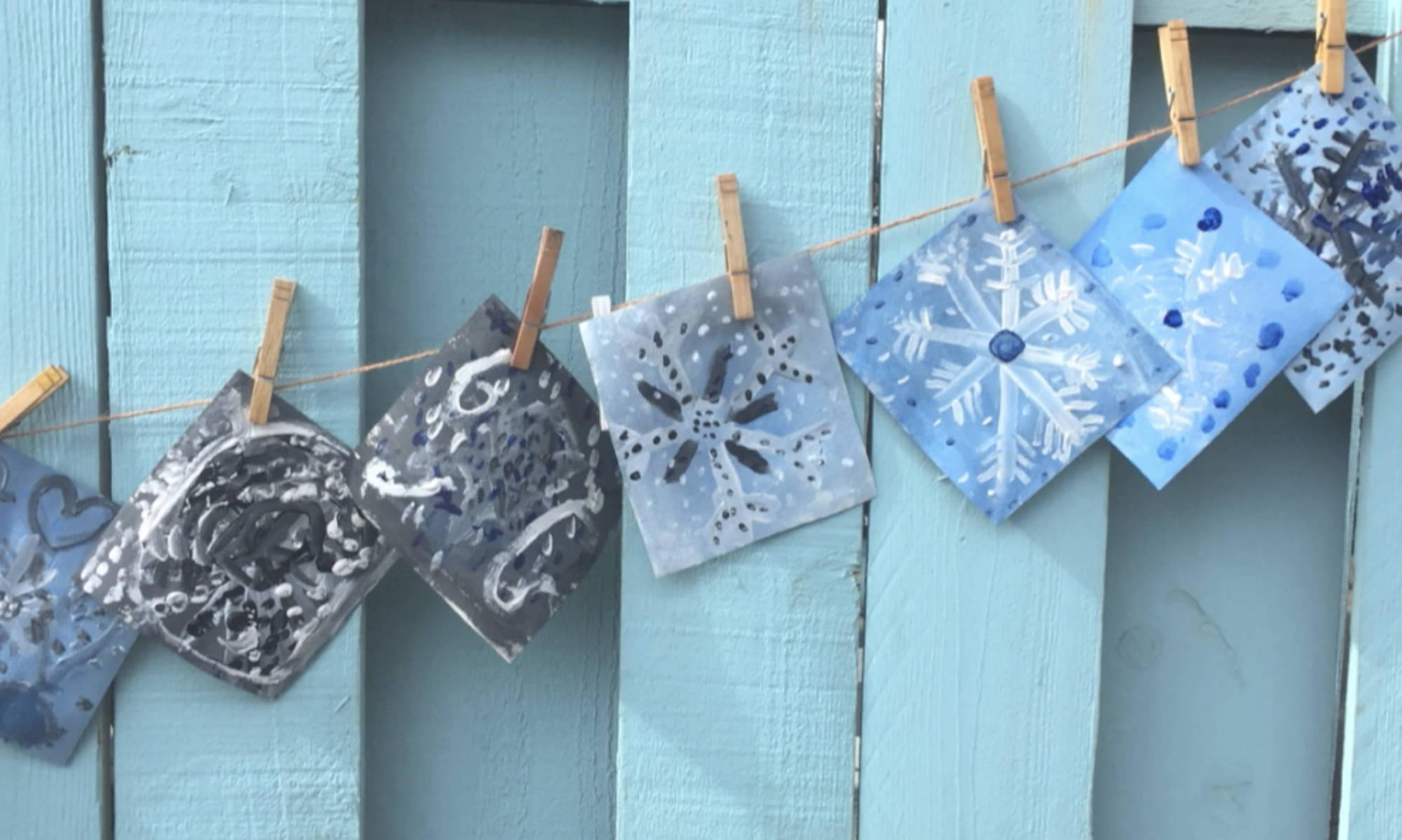
As a Montessori teacher, you are well aware of the significance of staging shelves for your students’ independence and learning. To assist you in this endeavor, I have created the “Ultimate Guide for Staging a Montessori Art Shelf.” This comprehensive guide provides valuable tips, advice, and resources to help you set up a properly staged art shelf that promotes art literacy in your classroom. It includes links to relevant articles and blogs, making it your go-to resource for all things related to staging an art shelf.
The resources included in this Ultimate Guide offer insights for Montessori teachers of early childhood (ages three to six), lower elementary, and upper elementary students. Montessori-at-home parents will also find it helpful. My goal with this guide is to help you understand why every classroom needs an art shelf, as well as give you staging ideas to create a shelf that excites and engages students.

A proper art shelf should provide Montessori students with the art materials and mediums to work independently and inspire creative thinking. A Montessori art shelf is more about giving students the opportunity for exploration and discovery, without you needing to lead or teach lessons.
I understand that setting up the “perfect” art shelf can be overwhelming; but here’s the good news—a Montessori art shelf doesn’t need to be perfect! And in fact, staging an art shelf is no different than any of the other shelves in your classroom. If done correctly, it’ll save you the time and stress of worrying about creating art lessons that might not support independent art making and art literacy—the art shelf will do all the work for you.

Where to Start: Read Through These Montessori Art Shelf Resources
There are a ton of Montessori resources all over the internet, but these are the cumulation of my years of experience as an art teacher and Montessori art teaching trainer. I recommend you read through these five articles in the order they’re numbered. Once you have your art shelf set up, I’d highly encourage you to continue your Montessori art journey by learning more about my own proprietary art teaching method, preparing art lessons, effective ways to introduce art lessons. If you want to read futher in my books about this topic, check out my art teaching books here.
Ultimate Resource Links for Staging A Montessori Art Shelf

1. 10 Items to Include on Your Montessori Art Shelf
A Montessori art shelf doesn’t need to be complicated. If I’m being honest, an art shelf really only needs 10 items to be effective. With a few basic art supplies you can encourage your students to be creative in a way that reinforces Montessori philosophy and principles. You can take these 10 items, and turn them into unlimited inspiration by restocking and refreshing them throughout the year.
2. Setting Up Your Montessori Classroom Art Space
This article tackles the key features needed to set up a functional art space in your Montessori classroom. Kids need a space to doodle, draw, write, paint, craft, sew, knit, cut, glue, build, construct, and play with clay. In order for kids to make these types of art projects successfully (and without a mess), they need the proper art space.

3. Why Every Montessori Classroom Needs an Inspiration Gallery
An inspiration gallery goes hand-in-hand with a Montessori art shelf. They inspire students by providing them with ideas but giving them the freedom to create as they please (as opposed to needing to follow step-by-step instructions). You’ll find that some students may need a little extra push to create art, especially during the weeks you don’t give them a specific project to work on, and a fun inspiration gallery—plus a well-stocked art shelf—will help them find their creative spark.

4. How to Set Up Montessori Art Storage for Easy Presentations
If you want to keep your students excited about art making all year long, you’ll need to rotate and refresh the art materials on your shelf. Being able to store your art supplies when you’re not using them is important if you want to remain stress-free. This article provides tips and tricks for organizing your art material storage, so that you can easily access the supplies you need and pull them out for your art shelf or for art presentations.
5. 25 Art Supplies Every Montessori Classroom Needs
While a Montessori art shelf really only needs 10 items to inspire your students, this article is a detailed list of everything you could add to your art shelf (and classroom). Once your art shelf is set up and your students begin to create, you can expand the materials they get to interact with.
One Step Further: Take this 1 hour Training, How-to Stage A Montessori Art Shelf

How to Stage A Montessori Art Shelf
In this 1-hour pre-recorded video, Spramani shares her: – Proprietary staging system for Montessori classrooms – How to stage to meet the arts standards – What types of materials to stage – How to support group and independent work, and much more!


All rights reserved © 2025, Nature of Art®
No part of this blog may be used or be reproduced in any manner whatsoever including reproducing, publishing, performing, and making any adaptions of the work – including translation into another foreign language without written permission except in the case of brief quotations embodied in critical articles and reviews. Nature of Art® Publishing P.O. Box 443 Solana Beach, California 92075.



























































































